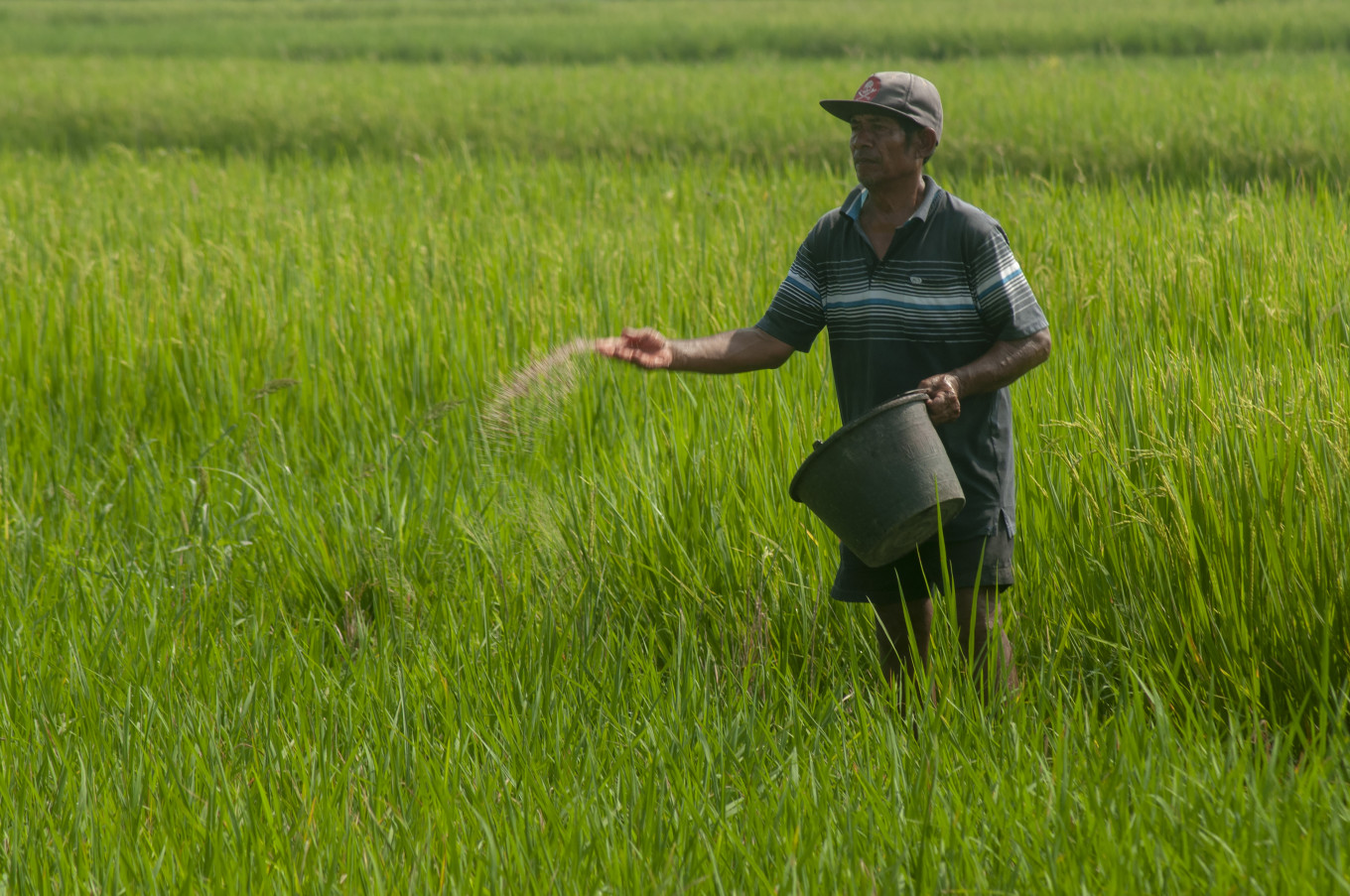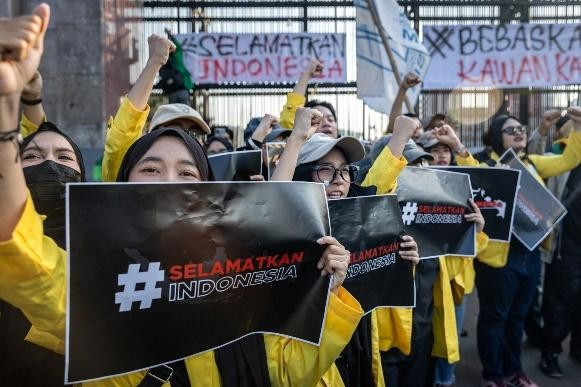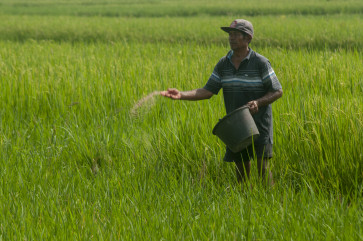Popular Reads
Top Results
Can't find what you're looking for?
View all search resultsPopular Reads
Top Results
Can't find what you're looking for?
View all search resultsHow to improve the effectiveness of the fertilizer subsidy program
Integrating data from the agriculture census and the Socioeconomic Registry will produce a comprehensive farmers' database that can then be used to improve the effectiveness of the fertilizer subsidy program.
Change text size
Gift Premium Articles
to Anyone
D
espite its crucial role in maintaining and boosting agricultural land productivity, our fertilizer subsidy program is poorly targeted, which hampers its effectiveness.
This could be addressed through better targeting data by integrating the results of the 2023 Agriculture Census (CA 2023) and the Socioeconomic Registry (Regsosek) as a basis for planning and executing the program.
Indonesia is facing a challenge in boosting the productivity of its agricultural land to feed a population of almost 300 million, which will continue to grow. Paddy yield, for instance, has remained stagnant at 5.2 tonnes per hectare of dry unhusked paddy for the last five years.
The overall results of the 2021 Integrated Agricultural Survey found that only 10.5 percent of our agricultural land is underproductive and sustainable because of a low level of productivity.
When it comes to improving land productivity, using fertilizer is crucial.
Thanks to the Green Revolution in the 1980s that promoted the widespread use of chemical fertilizers to produce high yields, fertilizer has become a critical input in crop production to maintain the yield of improved seeds in Indonesia. The results of the national Survei Ubinan (crop yield survey) found a significant difference in yield between paddy fields that used chemical fertilizers and those that did not.
In the context of paddy and maize cultivation, the CA 2023 pointed to high fertilizer use among agricultural holding companies (horticulture and fishery). Around 19.2 million (74.5 percent) horticulture and fishery holding companies used chemical fertilizers in 2023, mostly in the forms of urea and NPK (nitrogen, phosphorus, potassium).



















